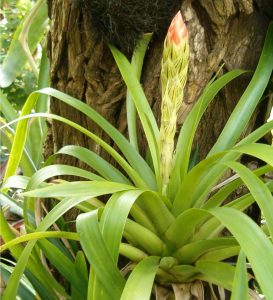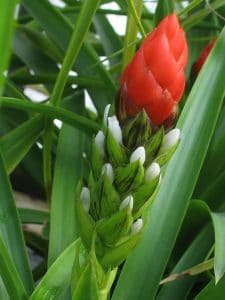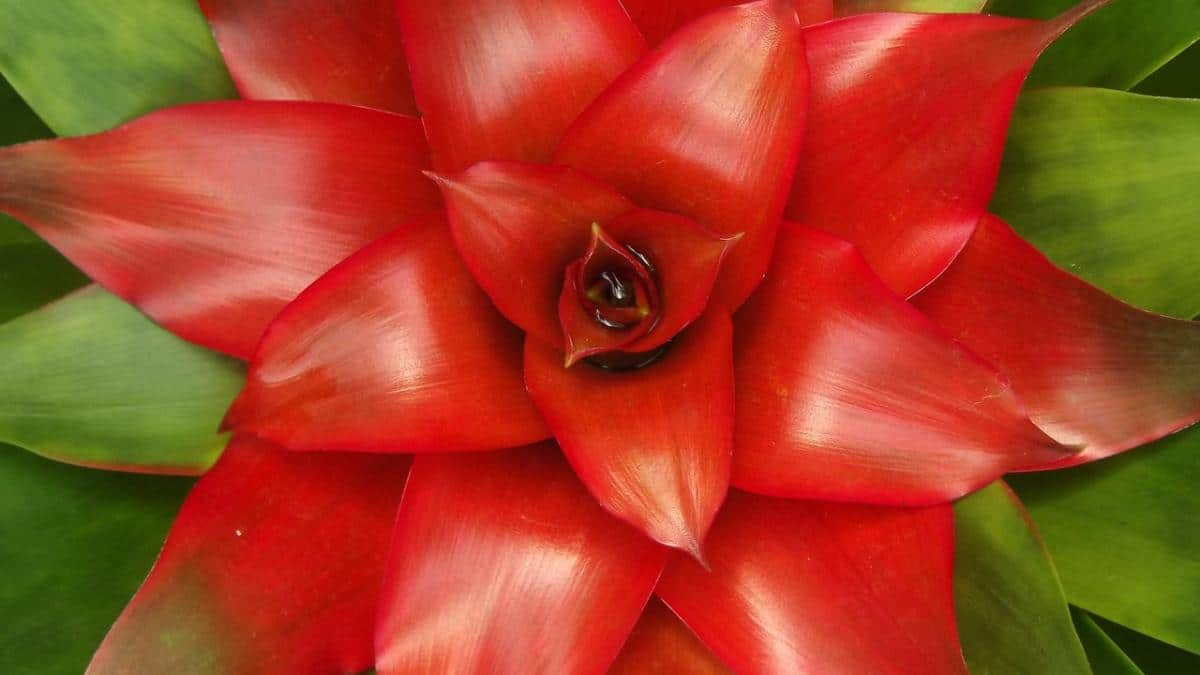
Bromeliads of the Guzmania genus are very interesting to have in a room where a lot of light enters through a window and / or French door, or even for a corner of the garden that is protected from wind and frost.
In addition, it must be said that several types of Guzmania have been identified, to the point that it can be difficult to choose just one variety. In fact, as they look great when combined, we recommend getting several different specimens. The effect that you will get will surely like you.
What types of Guzmania are there?
The gender Guzmania It is made up of 212 species originating from southern North America to South America, with the largest number of them being concentrated in Central America. They usually do not have a stem, and if they do, it is short. All of them grow producing rosette leaves, more or less wide and / or long, but always whole.
Its way of multiplying is either by seeds, or more commonly by stolons (suckers) that it leaves after blooming in summer. When the flower stalk dries up, the leaves also die, leaving the seeds and their offspring as offspring. In addition, their flowers sprout early, so they are plants that live only a few years.
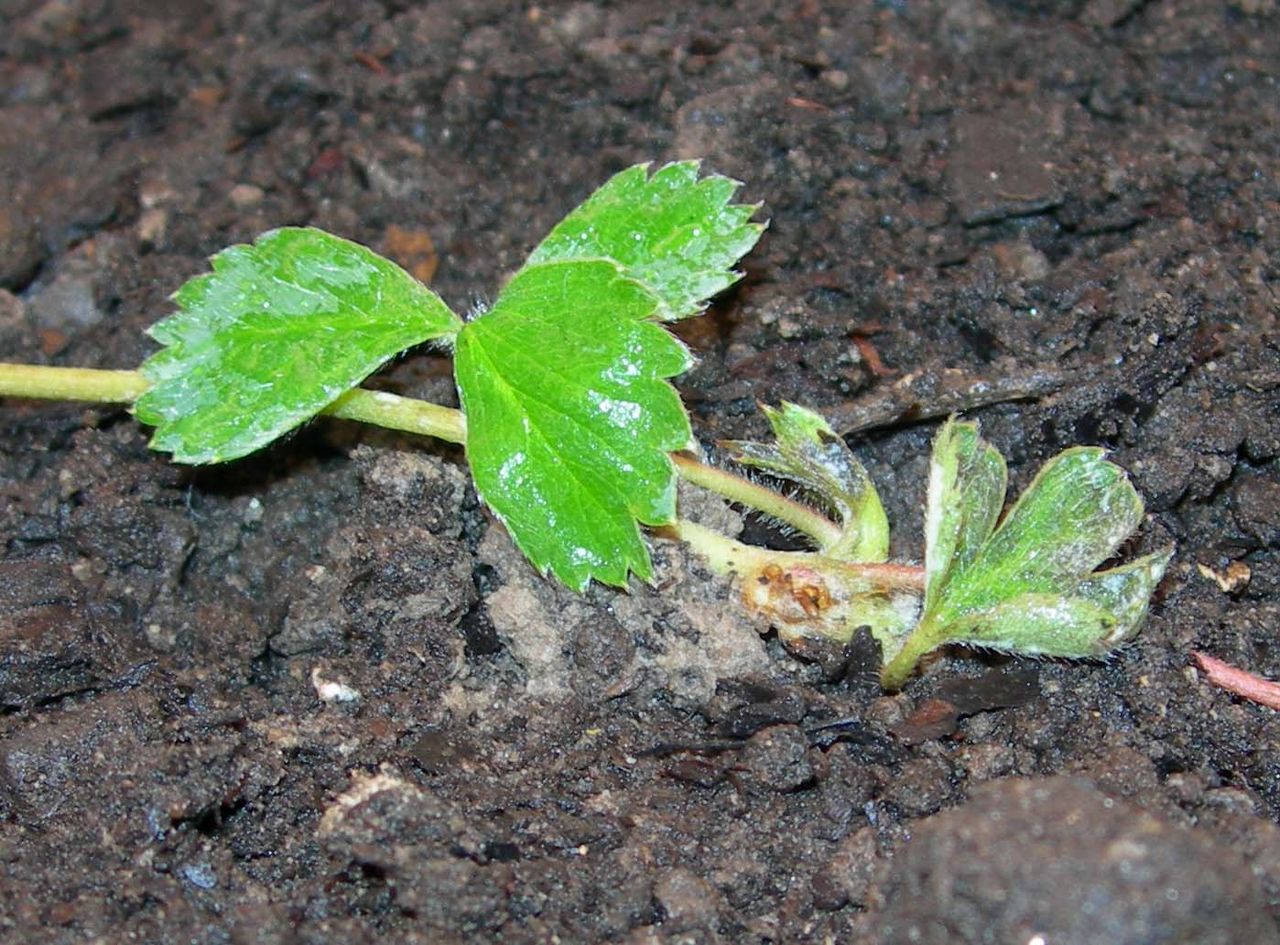
These are the most interesting:
Guzmania eduardii
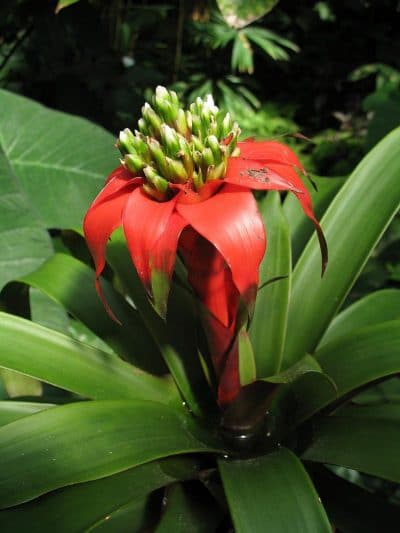
Image - Wikimedia / Timm Stolten
This It is a guzmania 40-70 centimeters tall native to Colombia and Ecuador that produces green leaves and lacks a stem. From its center sprouts an inflorescence of up to 10 centimeters, which is formed by bracts (or false petals) of bright red color.
Guzmania lingulata

Image - Flickr / Mauricio Mercadante
La Guzmania lingulata It is known as the incense flower, and it is native to Mexico. Grows to a height of 16-29 centimeters, and develops green leaves. Its inflorescences have reddish bracts.
Guzmania monostachia
- Image - Wikimedia / BotBln
- Image - Wikimedia / Timm Stolten
This is a bromeliad native to Mexico to South America, where it grows in tropical regions. Reaches an approximate height of 40 centimeters, and its green leaves. The inflorescence arises from the center of the plant, and is erect, with red bracts.
guzmania osyana

Image - Wikimedia / Krzysztof Ziarnek, Kenraiz
This is a species of guzmania endemic to Ecuador, where it is in danger of extinction due to loss of habitat. It grows to a height of approximately 40 centimeters, and produces green leaves, as well as red inflorescences.
Guzmania rubrolutea
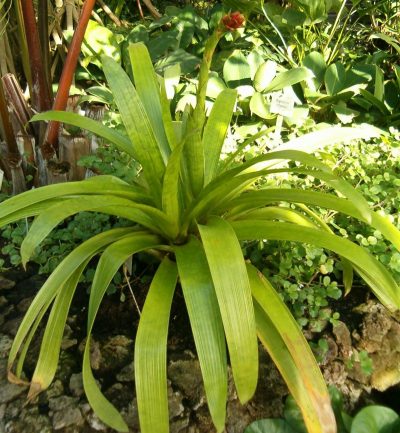
Image - Wikimedia / BotBln
La Guzmania rubrolutea It is an endemic species of the mountain forests of Ecuador, where it is in danger of extinction due to loss of habitat. His height once he reaches adulthood is about 40-50 centimeters, and its leaves are green. The inflorescence is red-yellowish, hence the surname (rubrolutea).
sanguineous guzmania
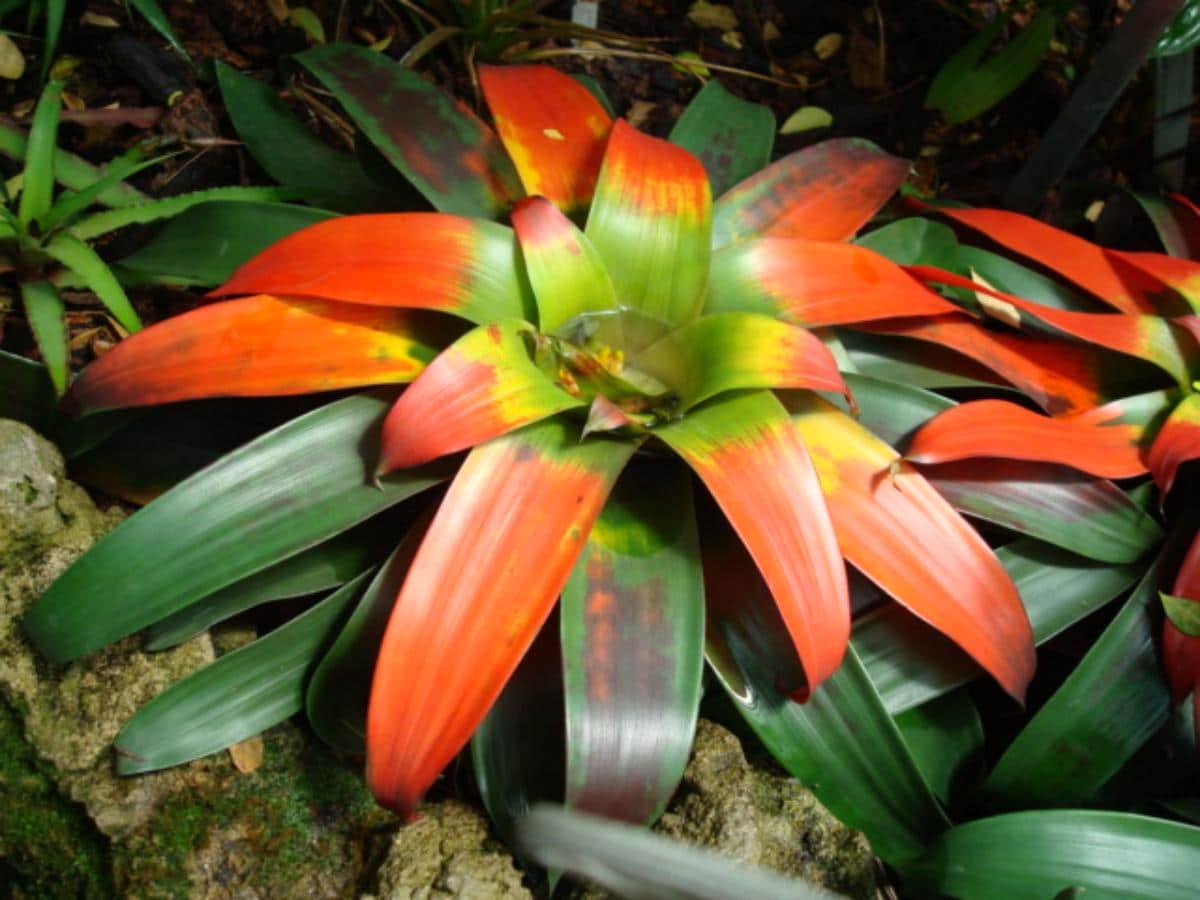
Image - Wikimedia / Oeropium
This is a very interesting variety, endemic to Central America and especially Ecuador. Its height is up to 150 centimeters when it blooms, making it one of the largest of the genre. Its leaves are green, and instead the inflorescences are orange / reddish in color.
Guzmania subcorymbosa
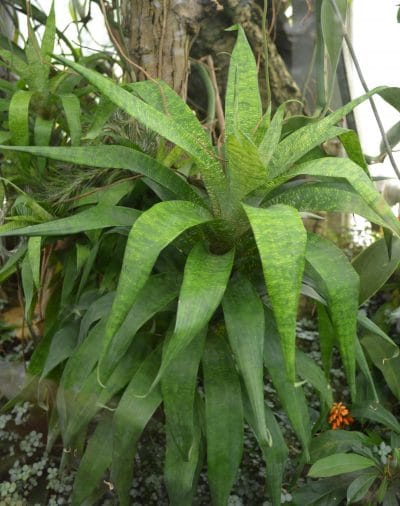
Image - Wikimedia / Arnaud Fafournoux
La Guzmania subcorymbosa is a variety native to Colombia, Costa Rica and Panama that reaches a height of up to 70 centimeters when blooming. It does not have a stem, so it is acaule, but it does produce numerous stolons. The leaves are green and have pale green streaks all over their surface. As for the flowers, they are grouped in red inflorescences.
Guzmania wittmackii
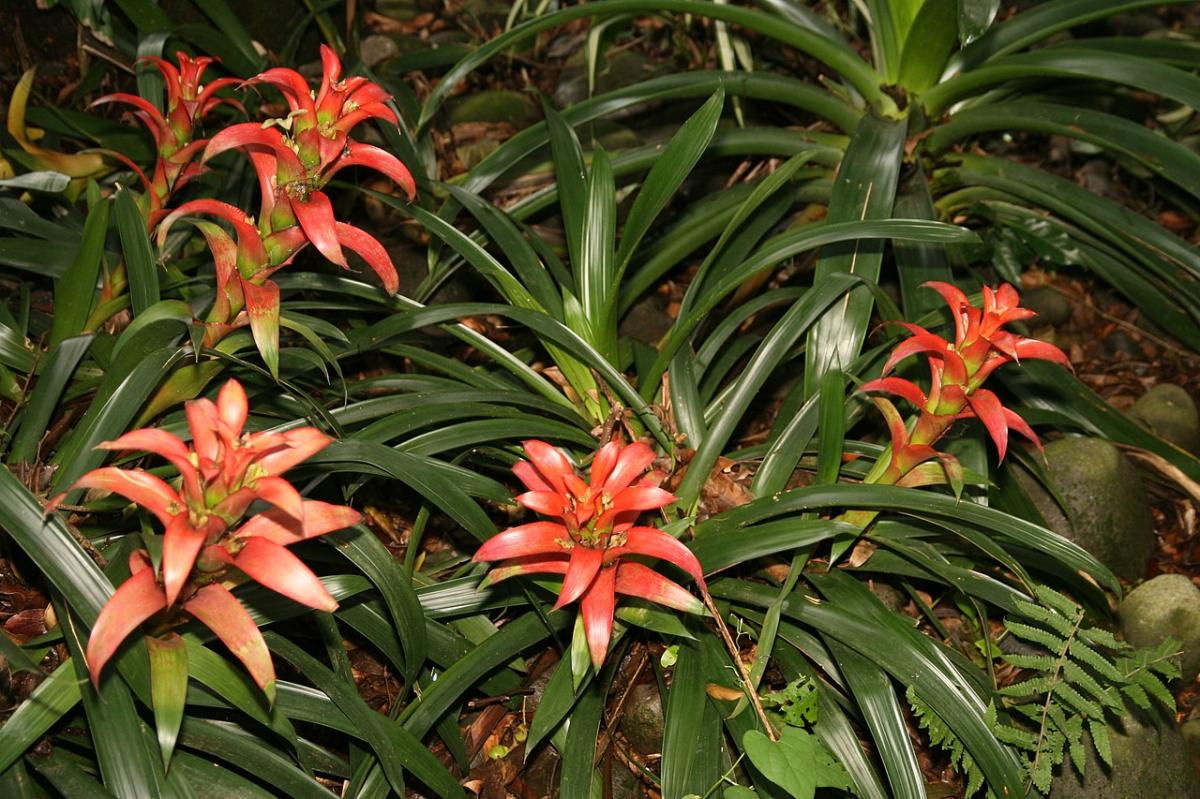
Image - Wikimedia / David J. Stang
This is a type of guzmania that you will find wild in Colombia and Ecuador. It is one of the largest, if not the most, well when blooming produces a flower stalk up to 100 centimeters tall. The rosette of leaves "only" is about 30-40 centimeters high. The inflorescence is reddish or lilac depending on the variety or cultivar.
How do you take care of a Guzmania?
If you want to have a guzmania but you are not sure how to take care of it, here are a few tips:
- Location:
- Exterior: it can be in semi-shade or shade. For example, under a tree it can look very pretty. Of course, if there are frosts in your area, keep it in a pot to protect it from the cold.
- Interior: a lot of natural light must enter the room, and also the plant must be away from drafts. It is important that the ambient humidity is high as well, something that can be achieved by placing containers with water around it.
- Irrigation: about 3 times a week during the summer. The rest of the year the frequency will be lower, since the plant will not only grow slower but the soil will take longer to dry out.
- Soil or substrate: use a mixture of mulch and coarse sand (akadama or pumice type), in equal parts. Also, when the climate is tropical humid, it is interesting to have it on trees.
- Subscriber: It is highly recommended to fertilize guzmania with a fertilizer for flowering plants or green plants, following the instructions on the packaging.
- Rusticity: these plants are very sensitive to cold. In fact, the minimum temperature should not be less than 15ºC.
What to do when the Guzmania flower dries up?
As we have commented above, the guzmanias die after flowering. But that is not the end of the plants, since long before dying, young children sprout. These are the ones that will remain when the »mother plant» dries up.
What to do with them? Well, it will depend on you. For example, I like to leave them in the pot or on the ground -depending on where they are being grown-, well As the children grow up, they occupy the space that their mother has left empty.
Another option is to take them out and plant them in individual pots, or in other areas of the garden, something that can be done in spring.
When is Guzmania transplanted?
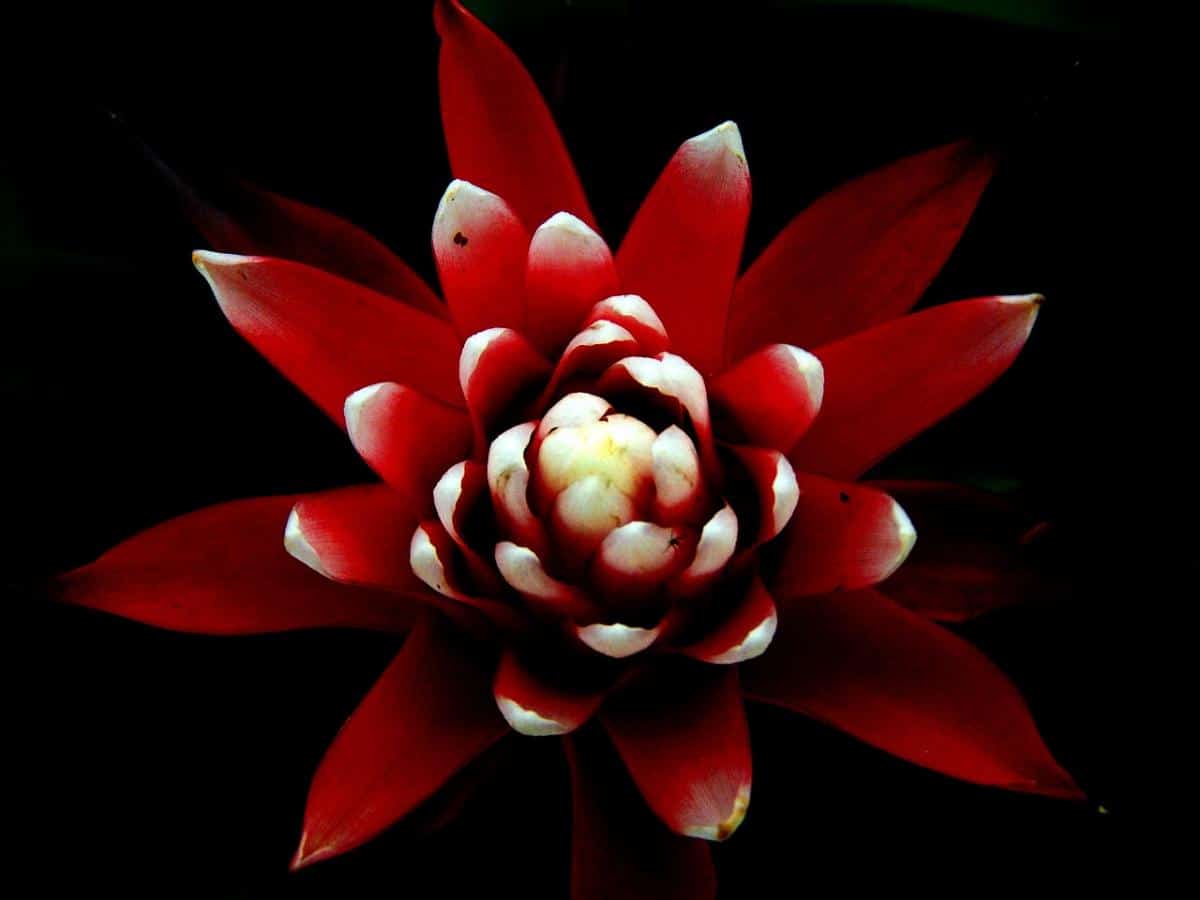
The Guzmania transplanted in spring, but only when necessary; that is should only be done if:
- The pot has become too small: if roots grow out of the drainage holes, and / or if it is seen that it cannot continue to grow.
- It is suspected that it has been watered too much: in this case, you have to remove it, wrap its roots with absorbent kitchen paper in several layers, and leave it in a dry place, protected from direct sun for one night. After that time, it will be planted in a new pot with also new soil.
I hope this information has been of interest to you.
